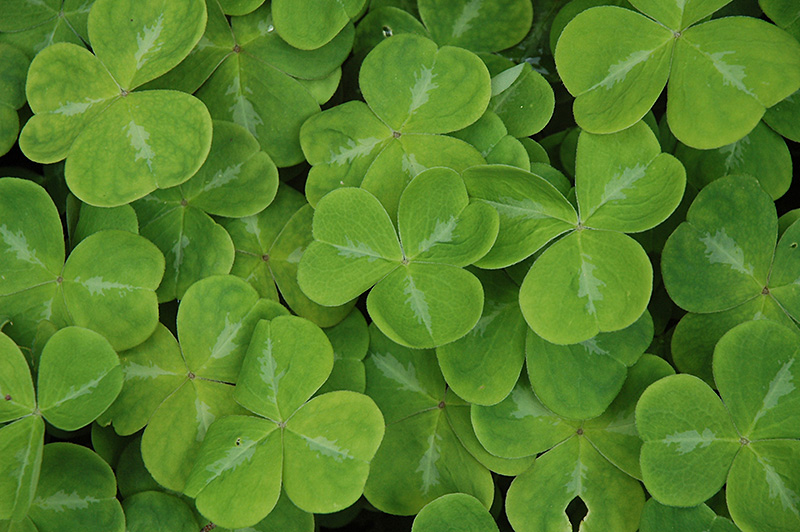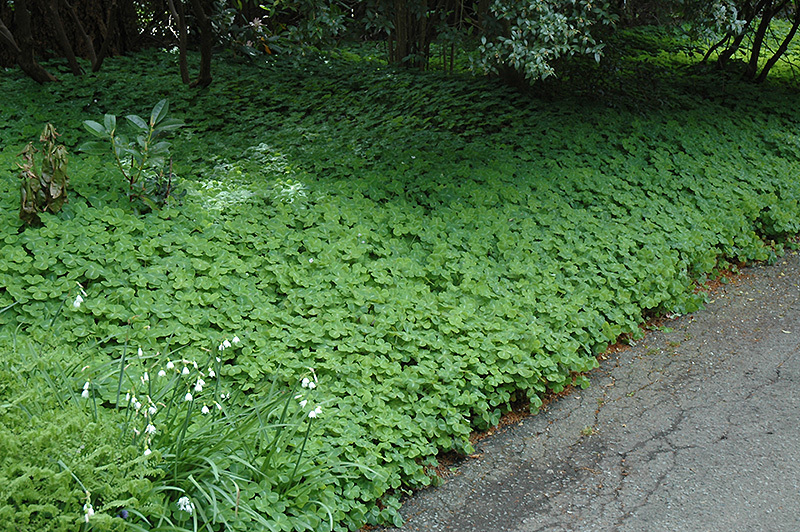Plant Finder
White European Liverleaf*
Hepatica nobilis 'Alba'
* This is a "special order" plant - contact store for details
Plant Height: 4 inches
Flower Height: 6 inches
Spacing: 5 inches
Sunlight:
![]()
![]()
Hardiness Zone: 4a
Other Names: White Liver Leaf, White Woodland Hepatica
Description:
Dainty white flowers appear before the leaves in early spring and persist as the leaves emerge; the foliage persists year round but is quite worn and spotty by late winter; direct sun only in winter
Ornamental Features
White European Liverleaf has white star-shaped flowers with chartreuse eyes at the ends of the stems from early to mid spring before the leaves, which are interesting on close inspection. Its lobed leaves remain light green in color with distinctive grayish green spots throughout the year.
Landscape Attributes
White European Liverleaf is an herbaceous evergreen perennial with a ground-hugging habit of growth. Its medium texture blends into the garden, but can always be balanced by a couple of finer or coarser plants for an effective composition.
This is a relatively low maintenance plant, and usually looks its best without pruning, although it will tolerate pruning. Deer don't particularly care for this plant and will usually leave it alone in favor of tastier treats. It has no significant negative characteristics.
White European Liverleaf is recommended for the following landscape applications;
- General Garden Use
Planting & Growing
White European Liverleaf will grow to be only 4 inches tall at maturity extending to 6 inches tall with the flowers, with a spread of 6 inches. When grown in masses or used as a bedding plant, individual plants should be spaced approximately 5 inches apart. Its foliage tends to remain low and dense right to the ground. It grows at a slow rate, and under ideal conditions can be expected to live for approximately 5 years. As an evegreen perennial, this plant will typically keep its form and foliage year-round.
This plant does best in partial shade to shade. It requires an evenly moist well-drained soil for optimal growth, but will die in standing water. It is particular about its soil conditions, with a strong preference for clay, alkaline soils. It is quite intolerant of urban pollution, therefore inner city or urban streetside plantings are best avoided. Consider applying a thick mulch around the root zone in both summer and winter to conserve soil moisture and protect it in exposed locations or colder microclimates. This is a selection of a native North American species, and parts of it are known to be toxic to humans and animals, so care should be exercised in planting it around children and pets. It can be propagated by division; however, as a cultivated variety, be aware that it may be subject to certain restrictions or prohibitions on propagation.
* This is a "special order" plant - contact store for details

